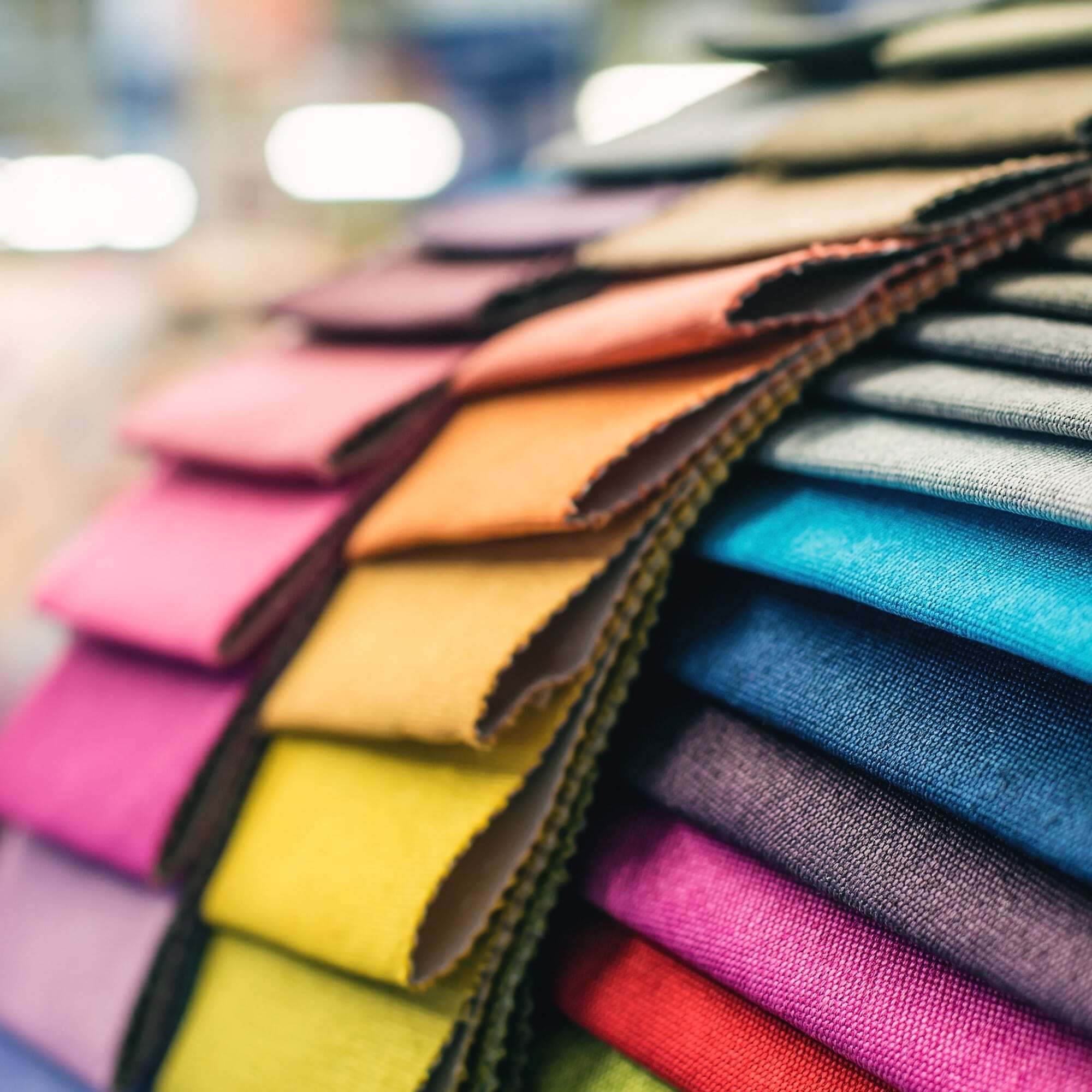In the world of design, flocking is gaining more and more attention thanks to its aesthetic, tactile, and functional versatility.
Read more
Flock can be found in a wide range of industries—from interior design to automotive, from luxury packaging to cosmetics. But how do you choose the right flock for a specific project? It’s not just a decorative detail: it’s a strategic decision that affects perception, durability, and the identity of the final product. In this guide, we explore the main criteria to consider when selecting flock: appearance, texture, resistance, application methods, and fiber differences.
What is flock?
Let’s start with the basics: flock is a textile powder made from cut or ground fibers, electrostatically activated to adhere to a surface. This process transforms natural, artificial, or synthetic fibers into soft, visually rich, and often surprising coatings. Flock can be applied to a variety of flat or three-dimensional surfaces, delivering top-level visual and functional results.
From an aesthetic standpoint, luster is one of the most striking features. Depending on the fiber type, flock can be glossy, semi-glossy, or ultra-matte. The surface can therefore be elegant and discreet or more vibrant and dynamic, depending on project needs. Color is also highly customizable—but it’s important to note that the final appearance depends on the fiber's nature. Mass-dyed synthetic fibers, for example, offer superior lightfastness and maintain vivid tones even after long exposure.
Another defining trait of flock is the variety of visual effects it can produce. There are trilobal flock fibers that reflect light brilliantly, or special blends of cuts and fibers that create iridescent, dense, and textured surfaces. Casati Flock&Fibers has developed particularly innovative solutions in this area, such as “Stars” or “Special Blend” flocks, used in automotive interiors, design objects, and artistic installations.
Texture and technical features
Texture is equally important and depends on the fiber length, its diameter (measured in Dtex), and the density of application. Very short flock feels dry and rough to the touch, while longer flock is softer and more enveloping. A thicker fiber results in a full, substantial touch, while ultra-fine fibers give a lighter, velvety feel. Density plays a key role too: higher concentrations create rich, compact surfaces, while lighter applications allow the base to show through, giving a more natural and tactile effect.
Beyond appearance and feel, technical performance is crucial. Abrasion resistance is essential for products subject to frequent handling or rubbing, such as car interiors, packaging, or accessories. Again, synthetic fibers tend to offer the best performance. For projects exposed to direct sunlight or UV rays, mass-dyed fibers are recommended to maintain color stability over time.
The functionality of flock
Flock also serves a protective function: it can absorb impact, prevent scratches, and even contribute to sound insulation. In the automotive industry, for example, it helps reduce internal mechanical noise. Post-flocking treatments are available to make surfaces water-repellent, antibacterial, flame-retardant, or resistant to oxidation, depending on project requirements.
From an application standpoint, flock can be used on plastic, paper, metal, wood, textiles, and three-dimensional objects. Electrostatic activation ensures uniform coverage even on complex geometries, making it suitable for many sectors. In interior design, for instance, it is used on walls, furniture, and decorative elements, offering a warm and inviting aesthetic. In automotive applications, flock is used both inside and out—as shown in the Velvet Car project, where Casati developed a tailored solution for this specific use. In packaging and accessories, flock adds a tactile quality that instantly conveys craftsmanship and attention to detail.
In conclusion
Choosing the right flock means combining aesthetics, tactility, technical performance, and sustainability. It’s a choice that should be made with full awareness of fiber characteristics, application methods, and desired outcomes. At Casati Flock&Fibers, every project is a chance to turn surfaces into experiences.
And the perfect flock? It does exist—you just have to imagine it.

